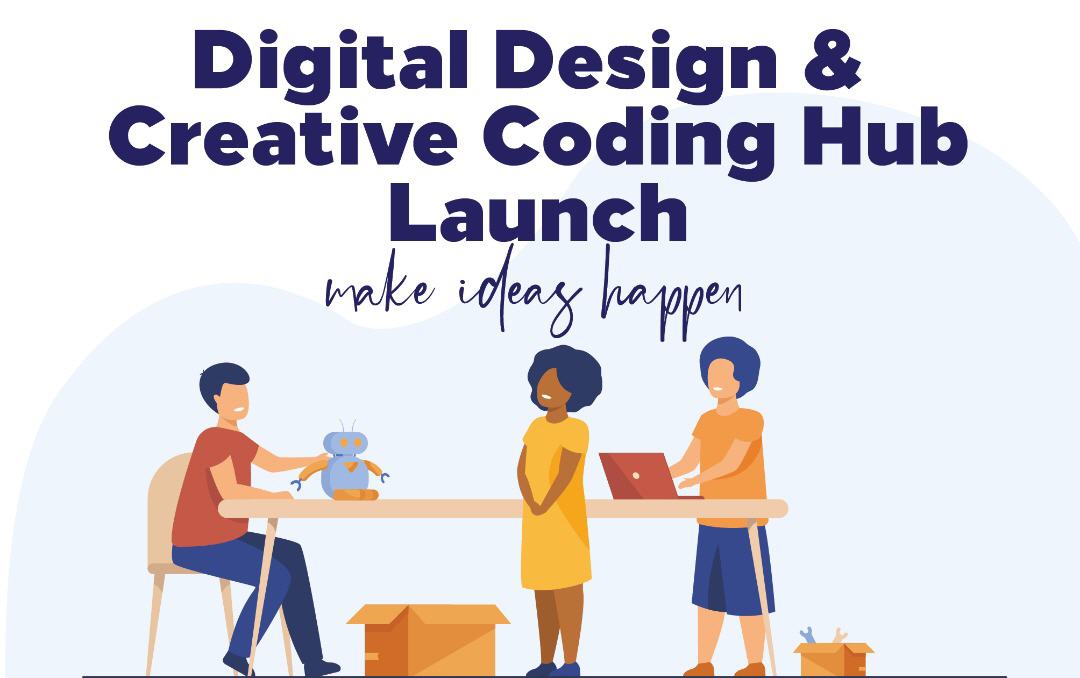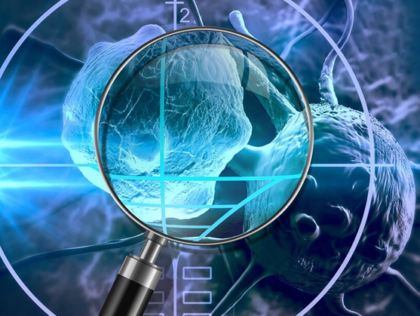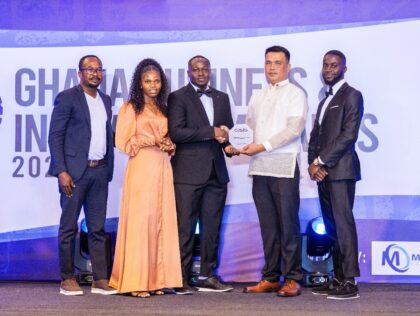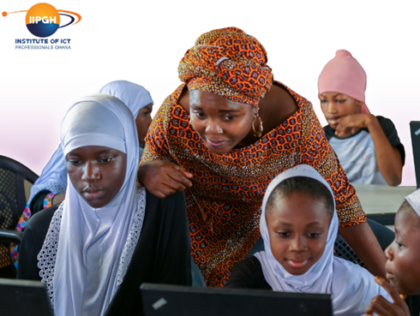“Support learning processes creatively and successfully with TinkerToys”
With a few more days to the grand opening of the digital design and creative coding hub in Accra, IIPGH together with its partners, Code it! and Tinker Toys from Leipzig, Germany is pleased to showcase what is in store for all stakeholders and interested participants at the hub. The official launch of the hub is scheduled to take place on Monday 3rd May 2021.
The importance of media education and media competence for the learning process and the formation of students’ judgment and personality is now undisputed. The use of the computer as a tool and the associated, targeted use of digital aids such as the digital construction kit promotes creative and independent learning in specific subjects and across subjects. In this way, they learn how to use media to present learning content in a meaningful way.
This article seeks to give you a deeper insight into the added value of TinkerToys for children and young people, with practical examples of how the program can be integrated into the work with students and school classes.
In our previous articles on digital design and creative coding, we highlighted the platforms on which the applications are built–Code it!, and TinkerToys. Code it! is a learning platform where beginners and children can learn programming easily and playfully. Code it! teaches basic programming concepts through online courses, live web seminars, and other child-friendly formats. Code it! is designed for independent learning at home, as well as for use at school. TinkerToys focuses on teaching children and young people how to construct in 3D. With the help of its 3D construction program, children as young as age eight (8) can learn how to construct in 3D.
Digital design combines digital technology and creative design. It refers to what is created and produced for viewing on a screen in a digital format (on an app or website). It is interactive—equips you with the knowledge and practical skills to create, design, and develop interactive and engaging digital products, services and experiences, and 2D/3D graphical content.
Creative coding is an emerging specialty that utilizes code and programming as a medium to create art. Using creative coding in various design disciplines is becoming more common; however, it can be used in different ways. Most often, artists integrate creative coding into the existing workflow, but in some cases, it is used as the main tool. Creative Coding teaches how to ideate, conceptualize, and design original creative works in the medium of software; cultural literacy of the computational arts by critically engaging with historic and contemporary practices; personal learning strategies, project planning and problem-solving skills; and fundamentals of computational thinking. As opposed to regular programming, creative coding is not focused on being functional, but expressive instead.
The Partnership for 21st Century Learning (P21) has developed a unified, collective vision for learning known as the Framework for 21st Century Learning. This Framework describes the skills, knowledge, and expertise students must master to succeed in work and life; it is a blend of content knowledge, specific skills, expertise, and literacies (Partnership for 21st Century Learning: 2021). TinkerToys follow this vision and is convinced that the 3D construction program can support the creative and the mathematical/informatics learning process significantly.
Practical example 1: Construct practical utility objects

The construction program can be used to construct useful utility objects such as a penholder. This gives students the opportunity to develop their own designs and train their mathematical and creative thinking.
Practical example 2: Implement subject-specific projects


The construction program can also be used to construct models of various subjects by students themselves. For example, students can create a pinhole camera, a new innovative product, solar system, or a chloroplast model.
Practical example 3: practice orientation in three-dimensional space

For younger children, the construction program is a good help to orient themselves in three-dimensional space. They can learn how to organize bodies in space and learn about the properties of geometric bodies.
Practical example 4: Building own room model

With the construction program, students can create their own models of their school or classroom. They use geometric shapes to design the room. This allows them to discover their environment in a new, creative way.
The Hub is designed as an open space for all interested people, in which artistic and creative expression can be learned, tested, and taught using digital tools. As there are a great need and interest in digital tools and new technologies in Ghana, both for art production and for education, as well as for the development of new business models and the opening of new markets, the hub as a showroom, aims to encourage artists, educators, and multipliers to use innovative digital technologies for creative processes and to demonstrate possibilities for their use in education.
At the hub, participants will be introduced to creative technologies, motion design, development for the web, and digital graphic design. You will also study digital photography, 3D design, and 3D animation. This progresses to skills in the design and development of more complex digital artefacts for current and future mobile, web, and Internet of Things (IoT) applications involving 3D design and animation, media aesthetics, motion graphics, and immersive mixed reality. With these modules and more in digital experiences and creative technology design, and other options in advanced animation and advanced digital graphics and motion design, ideas surely are made to happen with art and creativity.
We hope that this hub shall develop and promote professional and transferable skills required for working in the creative digital industries. The target groups for this hub are artists and creative people, pedagogues, educational and cultural policymakers, local cultural industry enterprises from Ghana, and around the world, as well as German cultural workers and developers of digital creative tools. Interested persons, partners, and anyone who develops exciting approaches or tools in the field of digital education who would like to present their materials at the hub or contribute, can reach out to the contact below.
Author: Richard Kafui Amanfu–(Director of Operations, Institute of ICT Professionals, Ghana) & Lena Baumgarten–Educational Assistant, TinkerToys (member, IIPGH)
For comments, contact richard.amanfu@iipgh.org or Mobile: +233244357006





